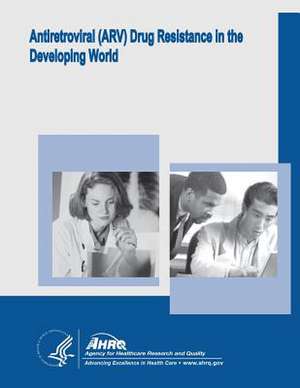Antiretroviral (Arv) Drug Resistance in the Developing World
Autor U. S. Department of Heal Human Services, Agency for Healthcare Resea And Qualityen Limba Engleză Paperback
Preț: 156.86 lei
Preț vechi: 165.11 lei
-5% Nou
Puncte Express: 235
Preț estimativ în valută:
30.02€ • 32.10$ • 25.03£
30.02€ • 32.10$ • 25.03£
Carte disponibilă
Livrare economică 28 martie-11 aprilie
Preluare comenzi: 021 569.72.76
Specificații
ISBN-13: 9781499726169
ISBN-10: 1499726163
Pagini: 212
Dimensiuni: 216 x 279 x 11 mm
Greutate: 0.5 kg
Editura: CREATESPACE
ISBN-10: 1499726163
Pagini: 212
Dimensiuni: 216 x 279 x 11 mm
Greutate: 0.5 kg
Editura: CREATESPACE
